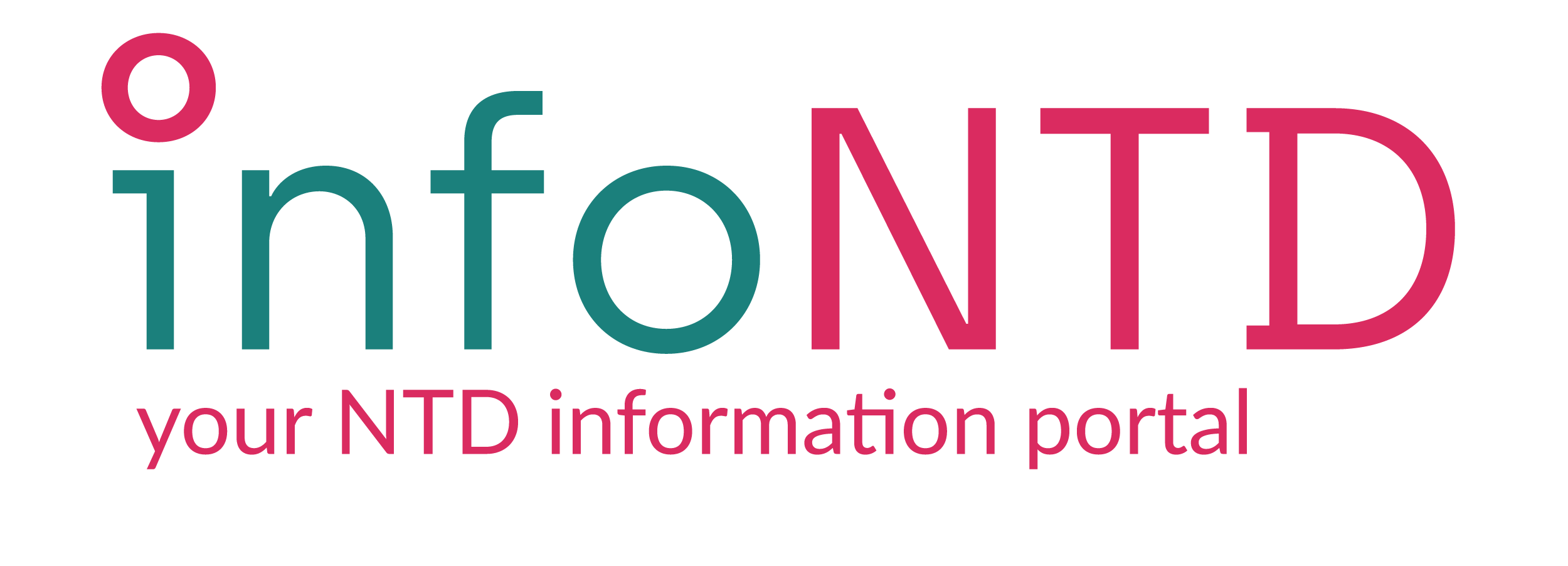IL-37 and leprosy: A novel cytokine involved in the host response to Mycobacterium leprae infection.
Leprosy is a chronic infectious granulomatous disease caused by Mycobacterium leprae, in which the clinical outcome depends on the pattern of the host immune response. Because it is a spectral disease, leprosy is a good model for studying the immunology of the pathogen-host relationship. Although previous studies have characterized the participation of cytokine profiles such as Th1, Th2, Th7, Treg, Th9, and Th22 responses in leprosy, the role of new cytokines such as IL-37 have not yet been described for the spectral model of the disease. Here, we used an immunohistochemical technique to evaluate IL-37 expression in the skin of patients with leprosy. The expression of this cytokine was observed in the keratinocytes, endothelial cells, macrophages, and lymphocytes. Moreover, the IL-37 expression level was increased in patients with the tuberculoid (TT) form when compared to those with the lepromatous leprosy (LL) form in keratinocytes, endotheliocytes, and lymphocytes. However, in the macrophages, the cytokine expression was more intense in the LL form of the disease. These results point to the effective participation of IL-37 in the immunopathogenesis of leprosy, which is expressed in both the epidermal cells and the dermis.
 infontd
infontd